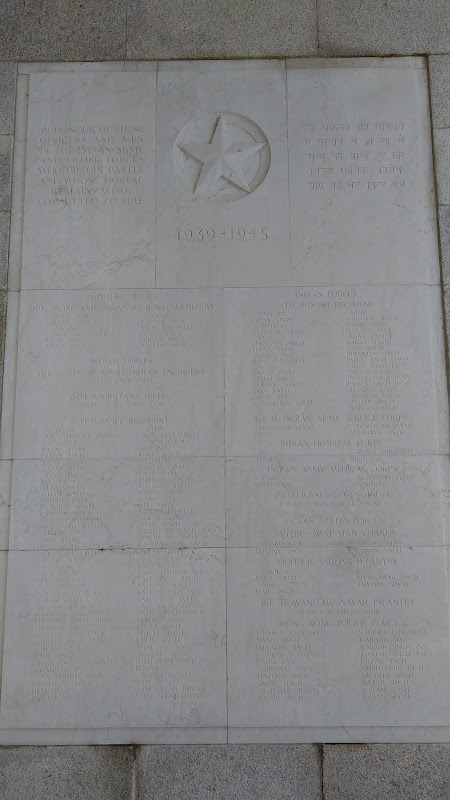(The original article was written for Hong Kong Gardening Society)
The third wave of local coronavirus surge has
broken the dreams of normal life for many of us. It is the time to stay home again to pick up
garden works which had been left behind.
Amongst various gardening tasks, taking care of trees is usually put at
a lower priority because many people may think that they are long life plants and
our response to their growth could be slower. The same thought is also shared amongst many
properties management.
Many of us would like to plant trees as they provide
shade, blocking and screening unwanted subjects, increase privacy and create extensity
in space – that many other plants cannot do easily. Unless you do have a big land (not common in
Hong Kong) for tree growth or you do not have any species which is an “ordinary
tree” in nature, overlooking the timely step of pruning may create some kinds
of problem later.
Trees planted in restricted areas (e.g. podium
planters, strips of planting beds nearby building or pavement, pots or somewhere
near brick/stone wall) strive to survive and their roots always struggle to
look for water source. If they fail in
the trial trees will remain small and look unhealthy gradually – some species
like Bauhinia spp. (洋蹄甲屬) respond more obviously by dropping of
leaves, looking yellow with leaf size significantly smaller. In such situation pruning is less demanded than
a boost of nutrient and watering.
 |
A Bauhinia with sparse and yellowing leaves on a podium
|
For many other cases, space below the ground is
less limiting when compared with how it appears above the soil. Tree roots may find their way through gaps
between structures or rocks, drains or even through leaky pipes toward a world
of rich water supply. The trees then
look normal and healthy. One may be surprised
of the growth rate and size with the setting of the environment, which
gradually becomes less and less compatible to those healthy trees. The trunks may become too big and pushing upon
structures, facilities or just the curb; the crowns may become too big and
shady for example.
If you do pruning at this stage usually it would
be a bit late and cannot fix the situation in a long run. If the pruning as a ‘treatment’ is too massive,
it may create severe damage to the tree or affect the tree health.
Therefore, it is important to imagine the final desirable size of a tree at the very beginning – when the tree is still young. Training a young tree through pruning can meet certain purposes such as: (1) directing the growth of the tree; (2) creating a form that can achieve / maintain the expected function(s); (3) controlling the size; and (4) reducing conflicts. The rules of thumb for such pruning is to minimize the amount of live tissues to be removed at one time and to minimize the size of cut wounds. In general, all cuts shall be made clean at branch unions (with branches less than a finger-thick or still green to be an exception). To control crown size pruning cut is usually made on the thicker branch ahead of the union. If you need a handsaw or a chainsaw in the training exercise this properly suggests that you have waited too long.
Many potential structural defects can be minimized or removed (before the loading on them becomes much) during the process at the same time. These include point of splitting risk (included bark), wounded/cracked branches, competing stems, heavy and drooping branches for instance (part of a training process called structural pruning). Refer to the figures for illustration and real examples. Please note that the above guideline is just for general reference and is introductory only. The high diversity of tree species that we can have implies different responses of our trees to pruning. It should be noted that excessive pruning or improper pruning would trigger massive sprouts, deform the crown and jeopardize the expected normal function of our trees too. If a tree is already big or mature the strategy of pruning is also different from small one.





With proper training the useful life expectancy of our trees can be prolonged while we can enjoy the benefits from them longer too. Consult appropriate professional for the most suitable pruning works when there is uncertainty. In fact, there are alternatives to just controlling tree growth through pruning. Fitting your garden with a species of compatible properties and suitable size at maturity is always a recommended option.
The below are examples of structural pruning and crown size control.

































